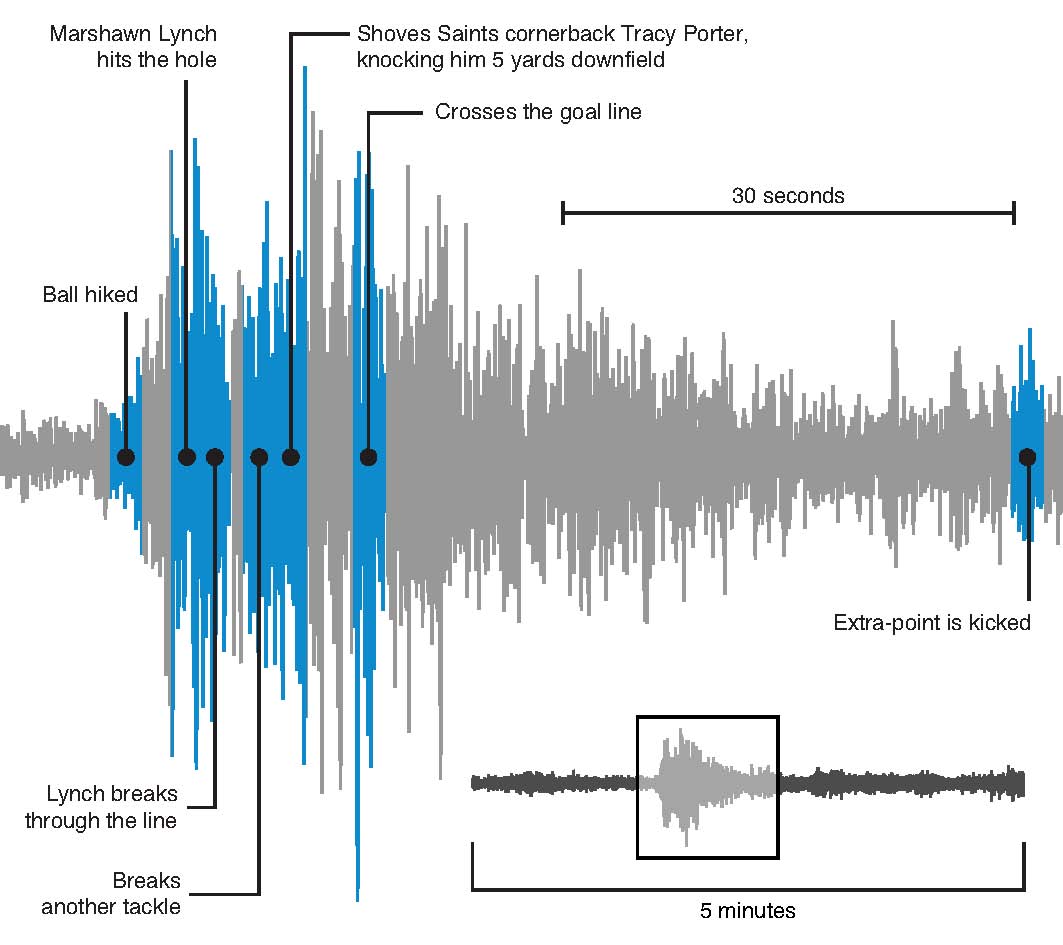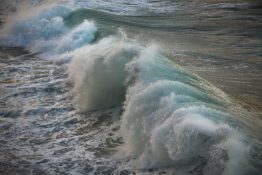It’s not just the football players who have spent a year training. University of Washington seismologists will again be monitoring the ground-shaking cheers of Seahawks fans, this year with a bigger team, better technology and faster response times. Scientists with the Pacific Northwest Seismic Network will install instruments this Thursday to provide real-time monitoring of the stadium’s movement during the 2015 NFL playoffs.
Read more at UW Today »Tropical crops, oil spill response, salmon fishery performance and more: This week's published research
Each week we share the latest peer-reviewed publications coming from the College of the Environment. Over the holidays, twenty-eight new articles co-authored by members of the College of the Environment were added to the Web of Science database, including studies of retention forestry for biodiversity conservation, steelhead migration, ice floes and more. Check them out!
Read more »Humans adding ‘fossil’ carbon to rivers
New research from the School of Environmental and Forest Sciences suggests that the choices we make about how we use our lands —such as for agriculture or development—has an impact on a landscape’s ability to effectively store carbon. Published in Nature Geoscience, the authors find that disturbance reintroduces carbon that is locked up on land back into the carbon cycle, often through runoff that deposits it into our rivers and wetlands.
Read more on the SEFS Blog »Oceanography undergrads blog from Vancouver Island
The Research Vessel Thomas G. Thompson —UW’s 274-foot-ship capable of accessing the world’s oceans—provided a platform for research and a home to several oceanography students as they wrapped up their quarter’s research in mid-December. Sending scientific instruments overboard to capture and record all sorts of ocean data, the students blogged about their adventures along the west coast of Canada and shared what they learned.
Read more at UW Today »Philanthropy: Making a Difference
Private gifts and grants have an enormous impact on the lives of our students, faculty and programs. We thank every one of our supporters, be they individuals, corporations, private foundations, organizations or community partners. You help ensure that the College of the Environment and all of its exceptional schools, departments, centers, programs and people, remain and grow as national and global leaders in education, research and outreach across a broad array of environmental fields.
Read more »




